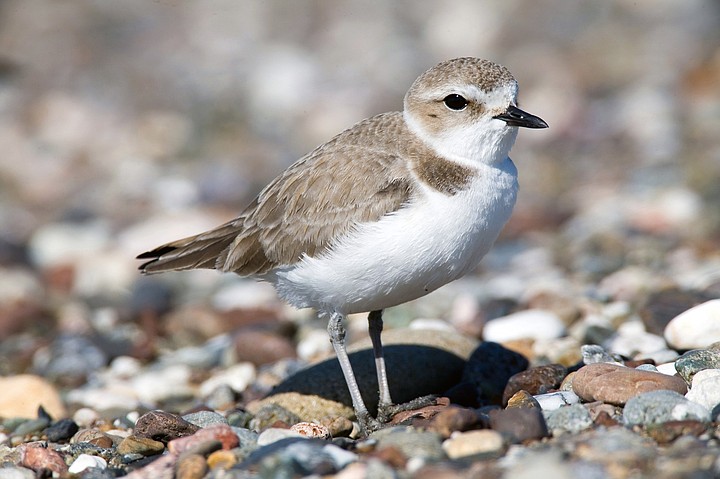Hilary traces a green path through the desert, birds head south
Various ducks, sandpipers, and plovers will be spotted in increased numbers.
Rain Drenched Most of San Diego County over the past weekend. And while Tropical Storm Hilary was the first to hit Southern California in 84 years, a burst of late summer rain is hardly unheard of here. In the Imperial Valley, the dousing has contributed to the greening of certain kinds of vegetation. On the desert floor, for example, the spidery ocotillo can grow an instant crop of green leaves after a storm, only to drop them two to three weeks later if no further rain arrives. The distribution of green-leaved ocotillos not only tells where rain has recently fallen, but also indicates where the runoff has collected and remained long enough to be absorbed by the ocotillos’ root system.

Shore Birds Migrating Southward Are Beginning To Arrive in San Diego County. Through fall and winter, various ducks, sandpipers, and plovers will be spotted in increased numbers in the county’s remaining coastal wetlands. Best bird-watching spots include the Tijuana River estuary, south San Diego Bay, the San Diego River flood channel, Peñasquitos Lagoon, San Elijo Lagoon, Batiquitos Lagoon, and Buena Vista Lagoon.